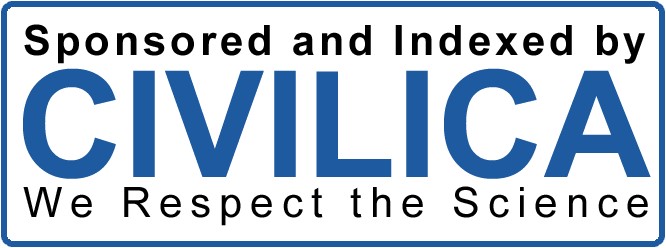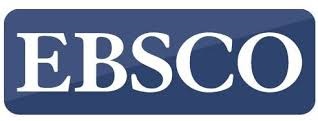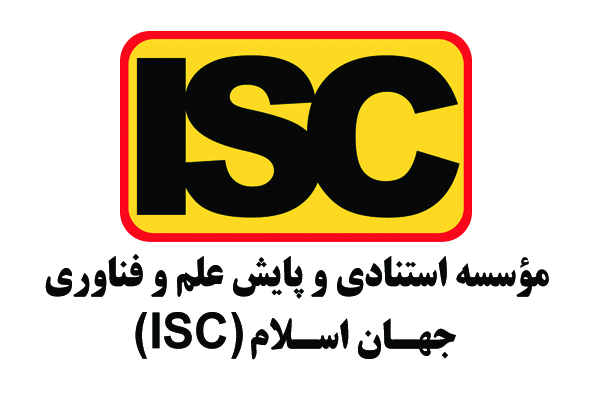Identifying the dimensions and components of the human resources performance management model with a resistance economy approach
Keywords:
Performance management, human resources, resistance economyAbstract
The main purpose of this article is to identify the dimensions and components of the human resources performance management model with the resistance economy approach. The research method is mixed (qualitative-quantitative). In order to carry out this research, in addition to document study, the foundation data method with ground theory technique with MAXQDA12 software was used to identify the dimensions and components. The statistical population in this research were all experts in the field of human resource management and public administration, accounting, economics with high experience and work experience, which was done after conducting 19 theoretical saturation interviews. The interviews lasted between 75 and 120 minutes. Finally, the open, central and selective codes were extracted and in the quantitative part, the Dimetal technique was used to determine the effectiveness of the components on the performance management of human resources with a resistance economy approach. According to the conducted interviews, finally 105 concepts and 23 sub-categories were extracted for the main category. After that, according to the questionnaire of paired comparisons to identify the influential and influential dimensions, it was determined that among the 23 subcategories, the categories of work environment, rules and regulations, socio-cultural factors, human resources planning, role clarity, performance measurement , organizational climate, reward system, employee communication, training, performance evaluation, professional ethics, leadership style and motivational factors are the most effective in order.
Downloads
References
Bilal, M., Ashraf, S. S., Ferreira, L. F. R., Cui, J., Lou, W.-Y., Franco, M., & Iqbal, H. M. (2020). Nanostructured materials as
a host matrix to develop robust peroxidases-based nanobiocatalytic systems. International Journal of Biological
Macromolecules, 162, 1906-1923. https://www.sciencedirect.com/science/article/pii/S0141813020342136
Chen, M. Y.-C., Lam, L. W., & Zhu, J. N. (2021). Should companies invest in human resource development practices? The
role of intellectual capital and organizational performance improvements. Personnel Review, 50(2), 460-477.
https://www.emerald.com/insight/content/doi/10.1108/PR-04-2019-0179/full/html
Han, S. J., & Stieha, V. (2020). Growth Mindset for Human Resource Development: A Scoping Review of the Literature with
Recommended Interventions. Human Resource Development Review, 19(3), 309-331.
https://doi.org/10.1177/1534484320939739
Iqbal, A. (2019). The strategic human resource management approaches and organisational performance. Journal of Advances
in Management Research, 16(2), 181-193. https://doi.org/10.1108/JAMR-11-2017-0104
Kazemi, M., Jalilian, M., Kazemi, M., & Rashidi, M. (2017). The Effect of Education Related to Work and Job Displacement
and Performance Evaluation and Job Achievement on Human Resource Development in Staff of Ilam University of
Medical Sciences in 2015-2016. sjimu, 25(4), 43-51. https://doi.org/10.29252/sjimu.25.4.43
Lim, D. H., Hur, H., Ho, Y., Yoo, S., & Yoon, S. W. (2020). Workforce Resilience: Integrative Review for Human Resource
Development. Performance Improvement Quarterly, 33(1), 77-101. https://doi.org/10.1002/piq.2131
Rafidah, J. A., & Dewi, E. F. (2020). Improving performance management system of human resource aspect in health drink
industry startup. Malaysian Journal of Social Sciences and Humanities (MJSSH), 5(8), 85-95.
https://msocialsciences.com/index.php/mjssh/article/view/461
Salamat, S., Mirsepassi, N., & Reshadatjoo, H. (2019). Designing Human Resources Performance Management System to
Improve Economic Productivity (Case: Ayandeh Bank). iueam, 7(27), 86-100. http://iueam.ir/article-1-1249-en.html
Sherafat, S., Khaef Elahi, A. A., Gholipour, A., & Danaei Fard, H. (2018). Development and Construct Validation of
Performance Management of Human Resources in Line with Organization Objectives. Public Management Researches,
(39), 33-59. https://doi.org/10.22111/jmr.2018.4010
Shishkina, N., Sabetova, T., & Lyubavskiy, I. (2020). Human resource development level and its interconnection with regional
economic situation. International Conference on Policicies and Economics Measures for Agricultural Development
(AgroDevEco 2020),
Tang, J.-J. (2020). Psychological Capital and Entrepreneurship Sustainability [Perspective]. Frontiers in psychology, 11.
https://doi.org/10.3389/fpsyg.2020.00866
Wood, S. (2020). Human Resource Management–Performance Research: Is Everyone Really on the Same Page on Employee
Involvement? International Journal of Management Reviews, 22(4), 408-426. https://doi.org/10.1111/ijmr.12235
Zargaran Khouzani, F., Dehghanan, H., Khashei, V., & Mahmoudzadeh, S. M. (2021). Fundamental Pattern of Human
Resource Development: A Cognitive Neuroscience Approach. Journal of Research on Management of Teaching in Marine
Sciences, 8(4), 1-14. https://sid.ir/paper/262014/fa
Downloads
Published
Submitted
Revised
Accepted
Issue
Section
License

This work is licensed under a Creative Commons Attribution-NonCommercial 4.0 International License.











